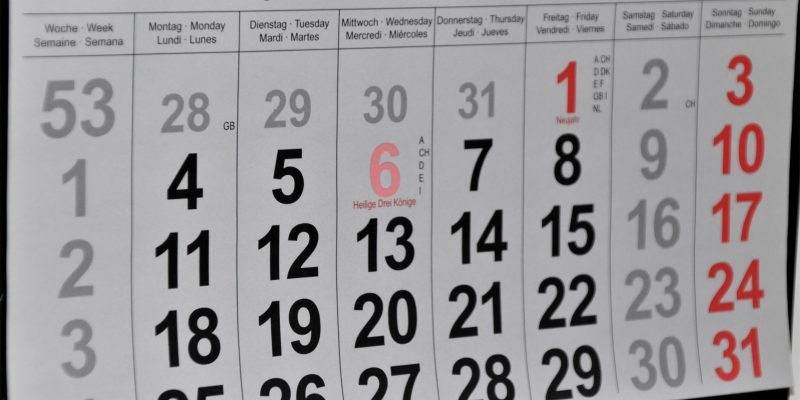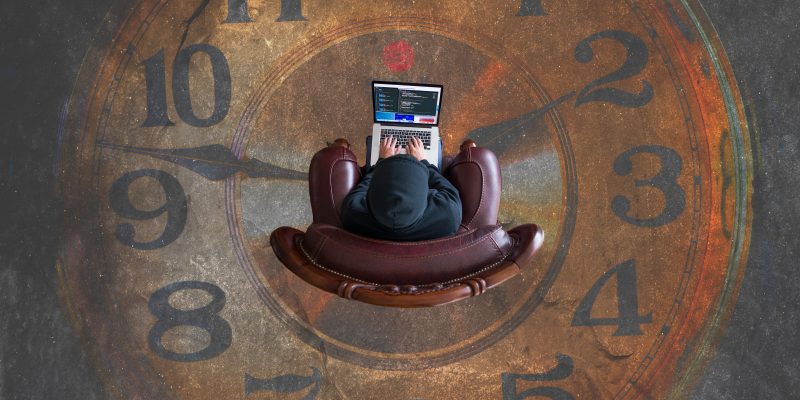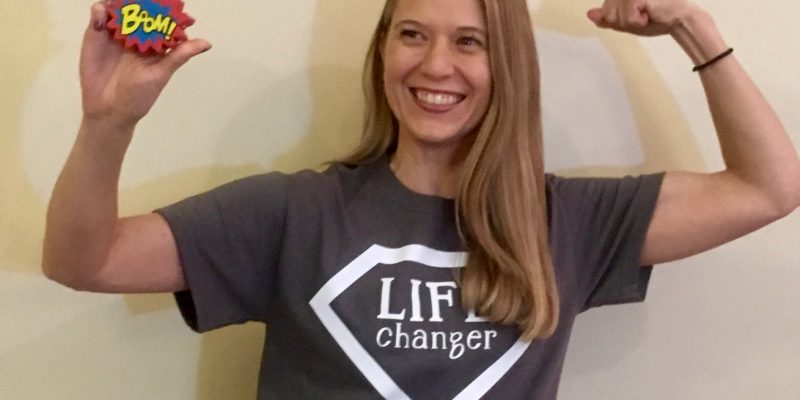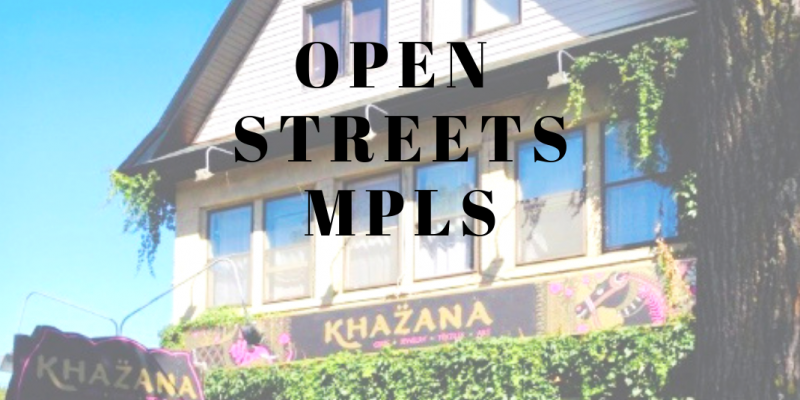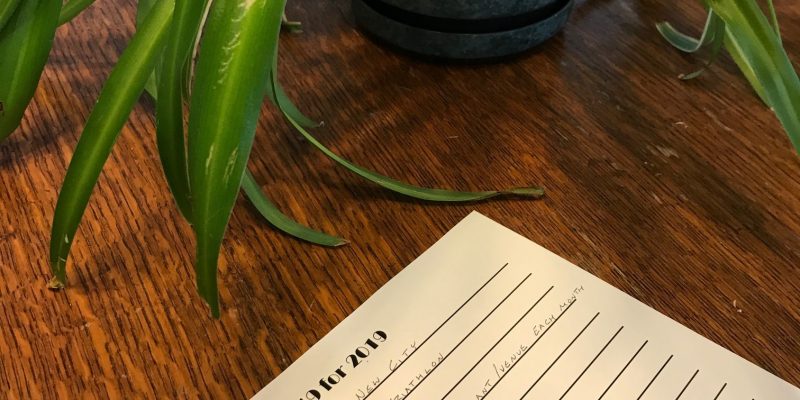For most of us, this has been an incredibly long year. I remember my optimism in January for kicking off “2020: the Year of Vision and Clarity.” Then we were blindsided by COVID-19. While 2021 will be a fresh start for our goals, we’ll need to consider the next several months while continuing to stay safe at home and imagine a transition to the “New New Normal” post-pandemic.
My 2020 personified what many will remember as the “Year of the Pivot” and “Year of the Zoom Call.” By March, I was halfway to my goal of giving four workshops for the year. Which was actually a stretch goal for me. In April, my in-person professional development training for a medical device company was cancelled. It took me three months to pivot to online webinars. Without a nudge from the Impact Hub MSP, it could have been much longer. In September, I gave my first workshop for Twin Cities Startup Week. The following month, I started facilitating the 6-week series of Productivity Through Presence workshops. Transitioning to online formats allowed me to do more events and reach more people. That said, there were several other goals that became unattainable and had to be scrapped during the pandemic.
Prior to COVID, the top reasons why so many people failed to achieve their New Year’s resolutions were:
1) they didn’t have a clear plan of action
2) they didn’t assess their progress
When a colleague introduced me to a unique process more than a decade ago, it intuitively made sense to me. Chris Guillebeau, author of The Art of Non-Conformity, addresses these challenges in his Annual Review. While it sounds like a retrospective of what you’ve accomplished this year, this resource facilitates planning for success with clear and actionable steps.
Guillebeau, along with a high percentage of entrepreneurs, is a Rebel. He is also a perfect example that Rebels can do whatever they put their minds to. To learn more about leveraging the Four Tendencies framework for goal-setting you can watch the Owning Your Success workshop.
A summary of the steps to complete your Annual Review:
1) Make a list of what went well and what did not go well
2) Choose categories to focus your plans on such as Business, Friends/Family, Health and Service
3) Identify “Actions Required for Each Goal”
4) Plan for monthly and quarterly assessments of your progress and add them to your calendar
5) Optional: Choose a theme for year
7) Optional: Metrics you want to track such as Income, Charitable Giving, Number of Books Read, etc.
For a spreadsheet and more details on how to make use of this exercise, read Guillebeau’s original post.
If this sounds like a lot of work, it is! I am setting aside a few blocks of time to complete this process in December. This is an investment of time that will provide great returns by clarifying your goals in order to more successfully meet your personal and professional objectives. Having an accountability partner can help. Reach out to someone in your inner circle and invite them to complete their own Annual Review.
Cheers to a New Year! If you’d like support in completing your first Annual Review, message me on LinkedIn or schedule a complimentary Strategy Session.
Photo by Waldemar Brandt on Unsplash

